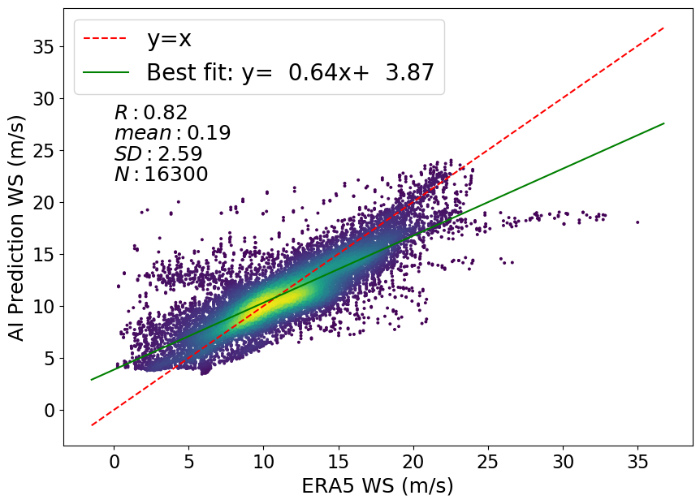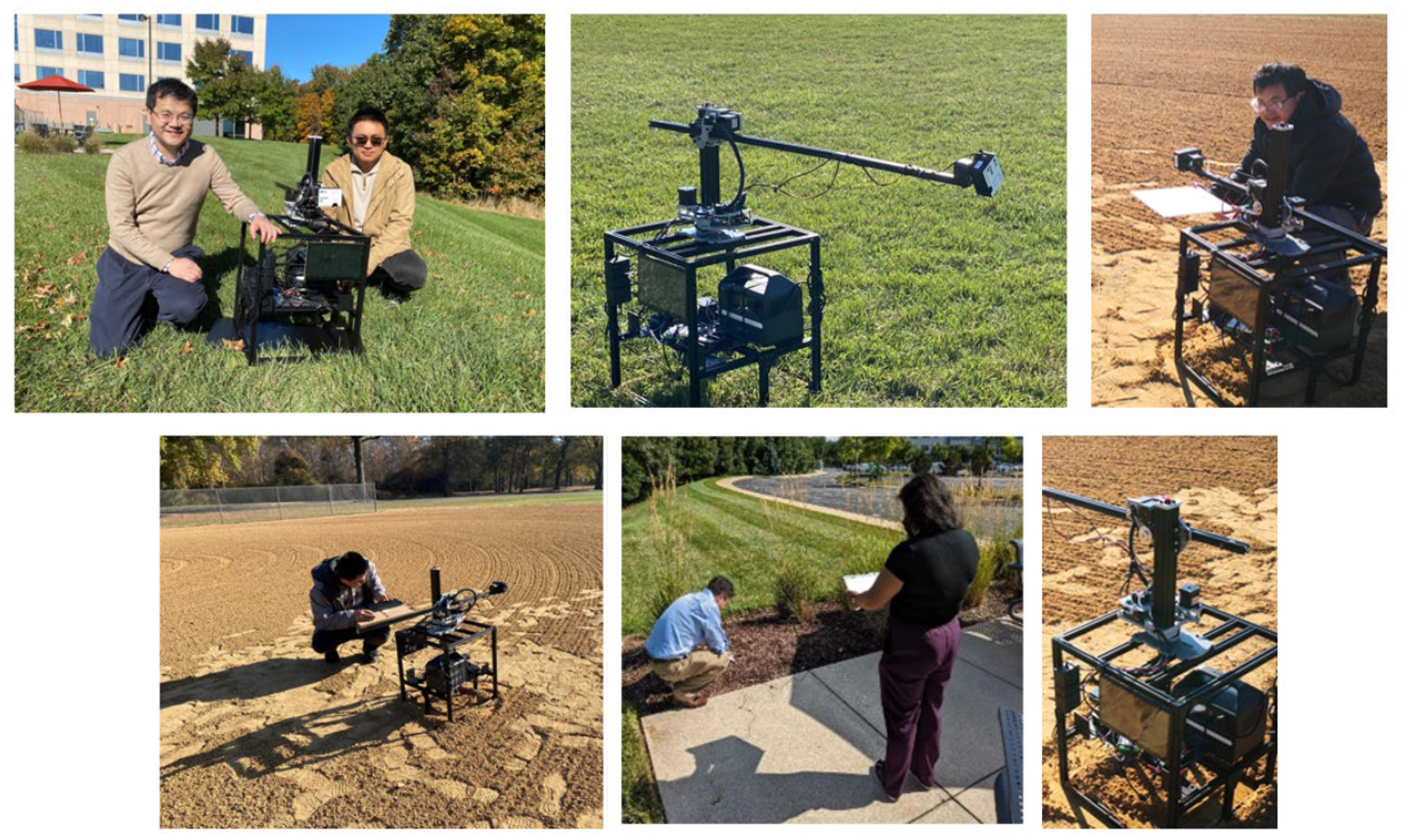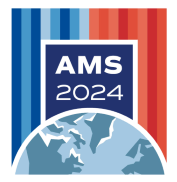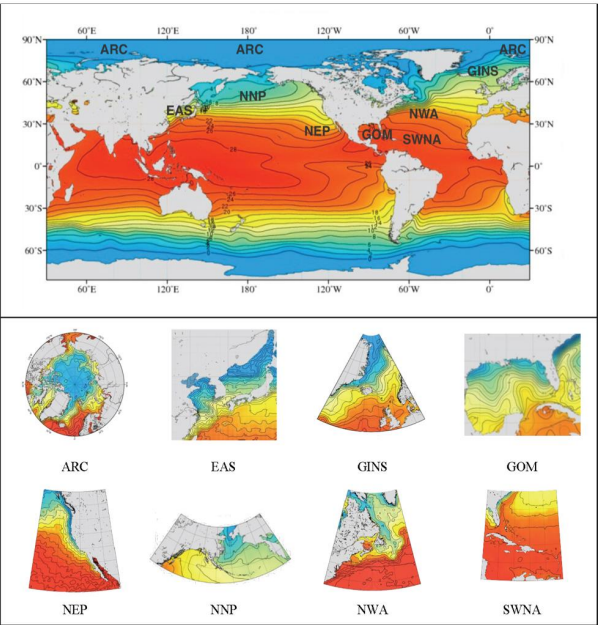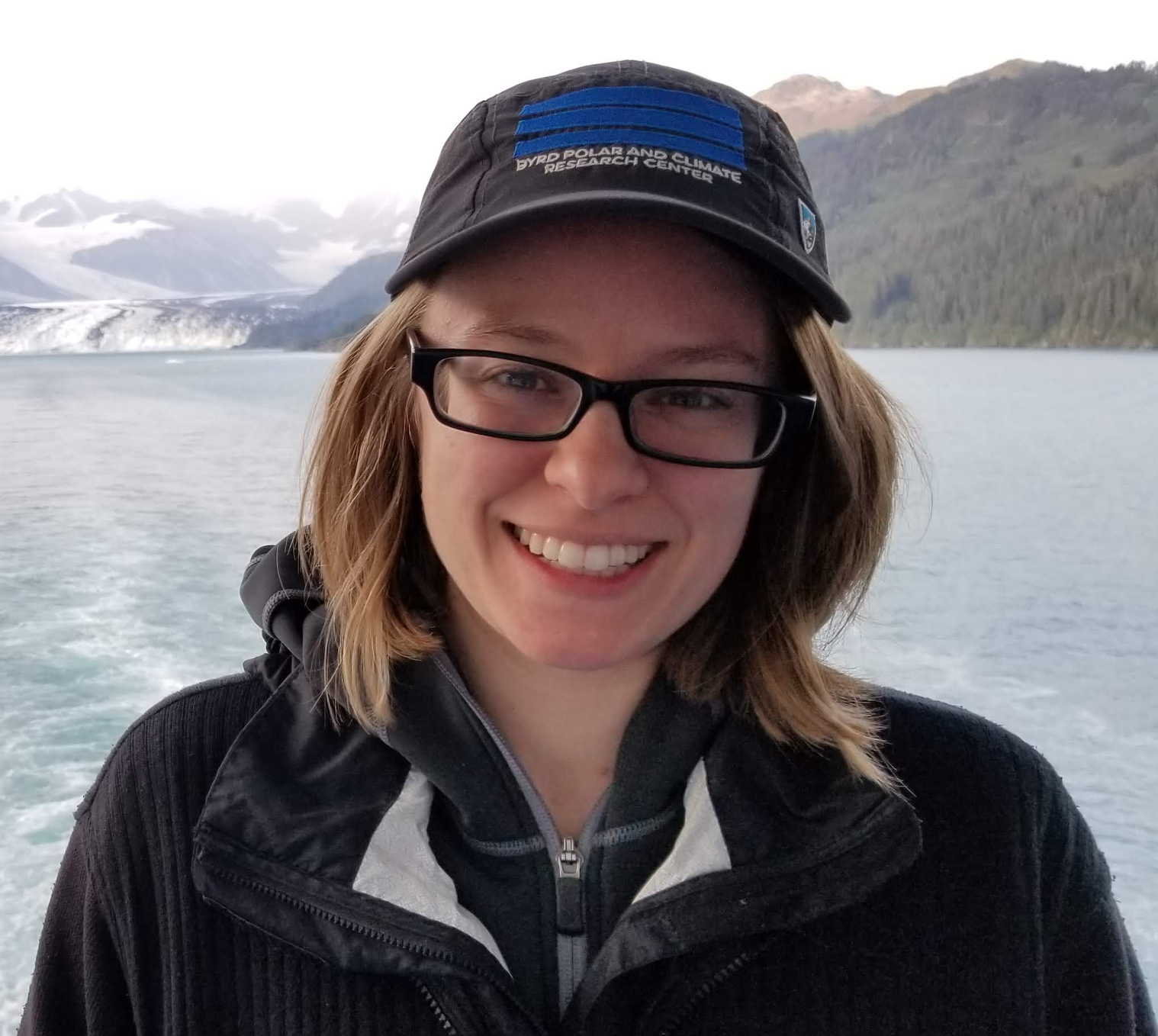
New Research Finds Climate-Critical Ocean Current System is Slowing
The global ocean has been heating up for decades, with records from the 1960s reporting a substantial rise in upper ocean heat content. Rising ocean temperatures also affect ocean currents, though there has yet to be a consensus on the strength or extent of those changes, or whether these changes will continue in the future. However, a new paper led by Earth System Science Interdisciplinary Center (ESSIC) scientist Alexey Mishonov documents, for the first time, a significant slowing of the Atlantic Meridional Overturning Circulation (AMOC), a crucial ocean current system that plays a vital role in regulating Earth’s climate.



